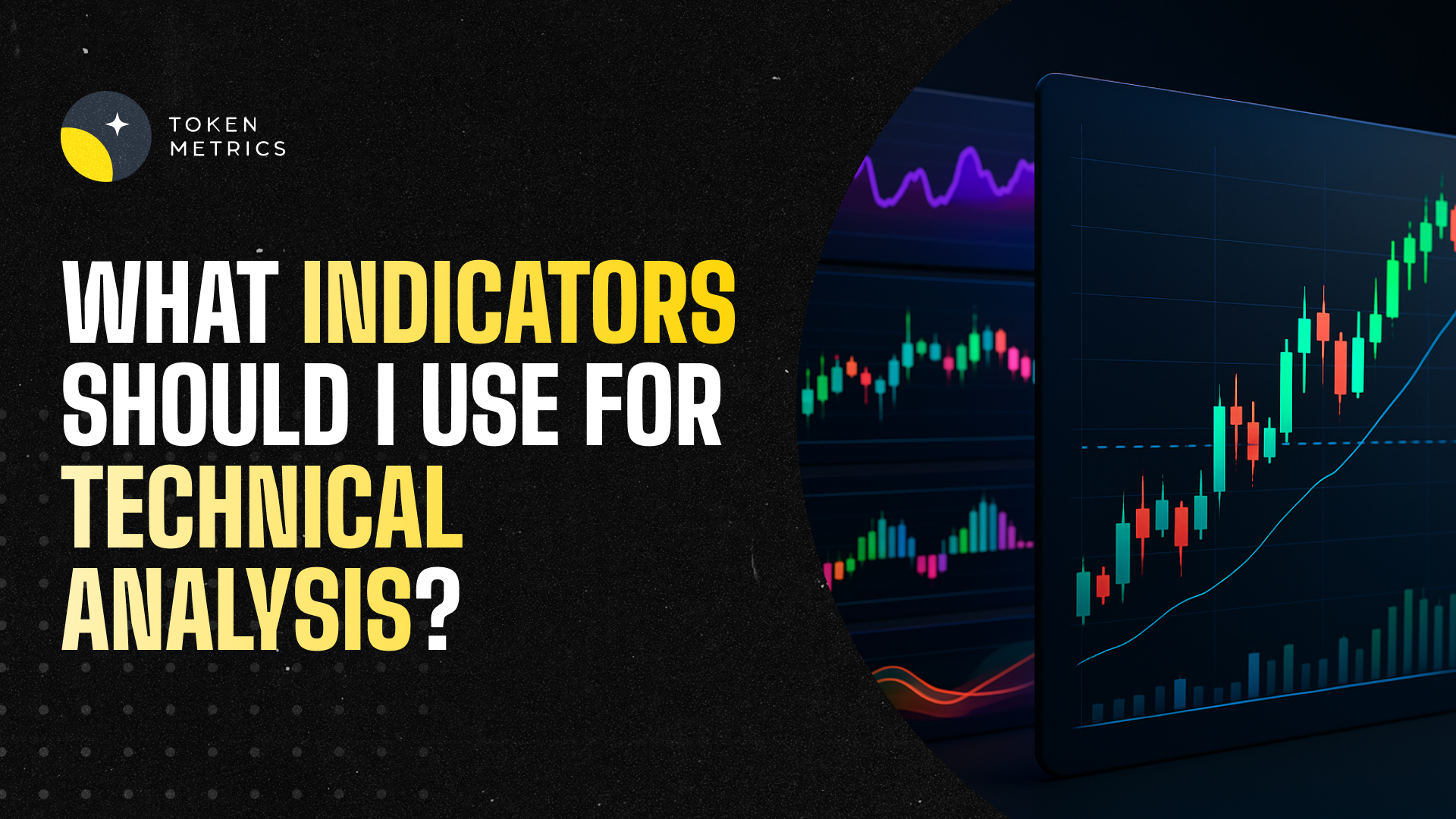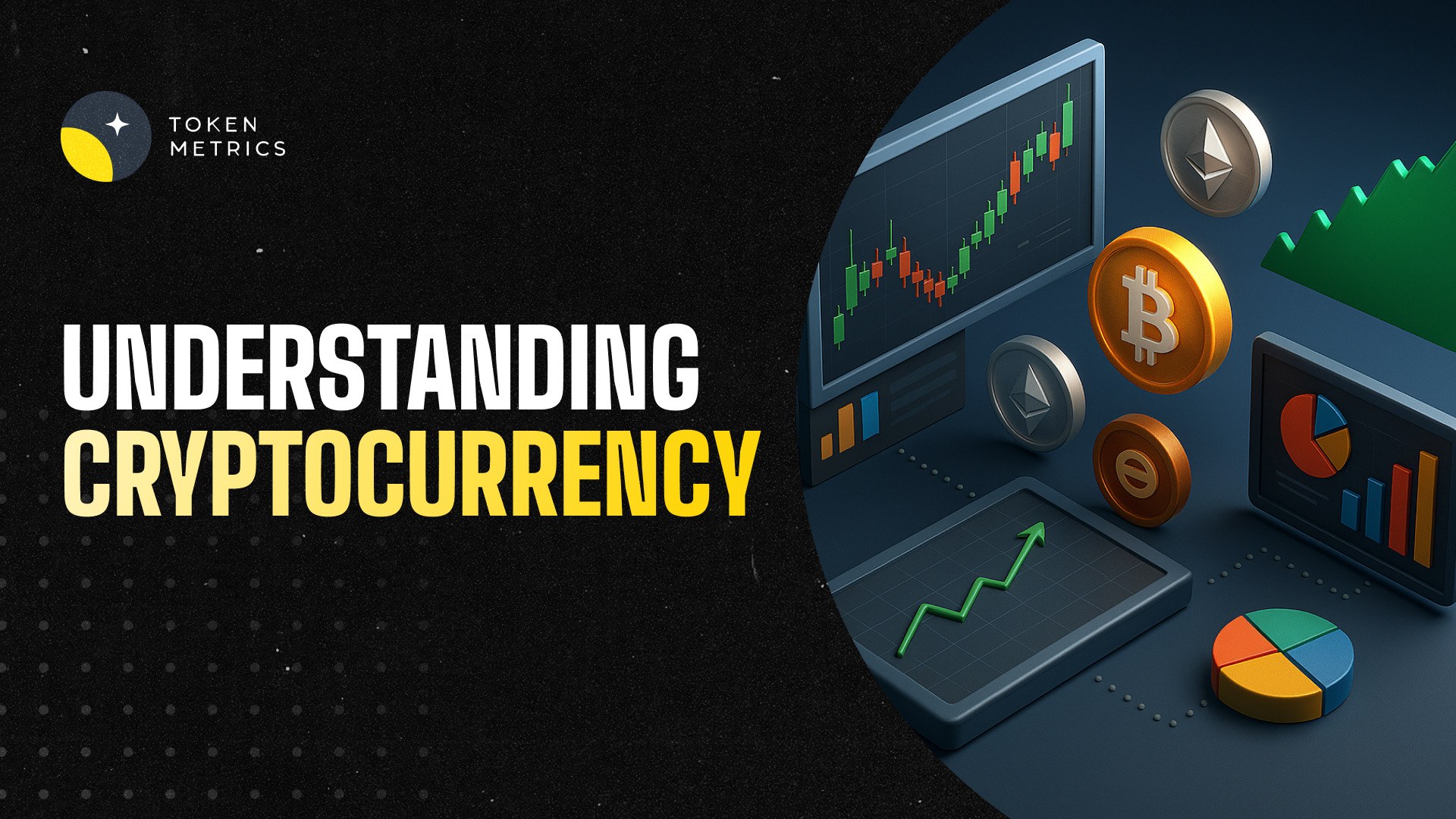
Quantmetrics API: Measure Risk & Reward in One Call

Most traders see price—quants see probabilities. The Quantmetrics API turns raw performance into risk-adjusted stats like Sharpe, Sortino, volatility, drawdown, and CAGR so you can compare tokens objectively and build smarter bots and dashboards. In minutes, you’ll query /v2/quantmetrics, render a clear performance snapshot, and ship a feature that customers trust. Start by grabbing your key at Get API Key, Run Hello-TM to verify your first call, then Clone a Template to go live fast.
What You’ll Build in 2 Minutes
- A minimal script that fetches Quantmetrics for a token via /v2/quantmetrics (e.g., BTC, ETH, SOL).
- A smoke-test curl you can paste into your terminal.
- A UI pattern that displays Sharpe, Sortino, volatility, max drawdown, CAGR, and lookback window.
Next Endpoints to Add
- /v2/tm-grade (one-score signal)
- /v2/trading-signals
- /v2/hourly-trading-signals (timing)
- /v2/resistance-support (risk placement)
- /v2/price-prediction (scenario planning)
Why This Matters
Risk-adjusted truth beats hype. Price alone hides tail risk and whipsaws. Quantmetrics compresses edge, risk, and consistency into metrics that travel across assets and timeframes—so you can rank universes, size positions, and communicate performance like a professional.
Built for dev speed
A clean REST schema, predictable latency, and easy auth mean you can plug Sharpe/Sortino into bots, dashboards, and screeners without maintaining your own analytics pipeline. Pair with caching and batching to serve fast pages at scale.
Where to Find
The Quant Metrics cURL request is located in the top right of the API Reference, allowing you to easily integrate it with your application.
Build Smarter Crypto Apps & AI Agents with Token Metrics
Token Metrics provides real-time prices, trading signals, and on-chain insights all from one powerful API. Grab a Free API Key
How It Works (Under the Hood)
Quantmetrics computes risk-adjusted performance over a chosen lookback (e.g., 30d, 90d, 1y). You’ll receive a JSON snapshot with core statistics:
- Sharpe ratio: excess return per unit of total volatility.
- Sortino ratio: penalizes downside volatility more than upside.
- Volatility: standard deviation of returns over the window.
- Max drawdown: worst peak-to-trough decline.
- CAGR / performance snapshot: geometric growth rate and best/worst periods.
Call /v2/quantmetrics?symbol=<ASSET>&window=<LOOKBACK> to fetch the current snapshot. For dashboards spanning many tokens, batch symbols and apply short-TTL caching. If you generate alerts (e.g., “Sharpe crossed 1.5”), run a scheduled job and queue notifications to avoid bursty polling.
Production Checklist
- Rate limits: Understand your tier caps; add client-side throttling and queues.
- Retries & backoff: Exponential backoff with jitter; treat 429/5xx as transient.
- Idempotency: Prevent duplicate downstream actions on retried jobs.
- Caching: Memory/Redis/KV with short TTLs; pre-warm popular symbols and windows.
- Batching: Fetch multiple symbols per cycle; parallelize carefully within limits.
- Error catalog: Map 4xx/5xx to clear remediation; log request IDs for tracing.
- Observability: Track p95/p99 latency and error rates; alert on drift.
- Security: Store API keys in secrets managers; rotate regularly.
Use Cases & Patterns
- Bot Builder (Headless): Gate entries by Sharpe ≥ threshold and drawdown ≤ limit, then trigger with /v2/trading-signals; size by inverse volatility.
- Dashboard Builder (Product): Add a Quantmetrics panel to token pages; allow switching lookbacks (30d/90d/1y) and export CSV.
- Screener Maker (Lightweight Tools): Top-N by Sortino with filters for volatility and sector; add alert toggles when thresholds cross.
- Allocator/PM Tools: Blend CAGR, Sharpe, drawdown into a composite score to rank reallocations; show methodology for trust.
- Research/Reporting: Weekly digest of tokens with Sharpe ↑, drawdown ↓, and volatility ↓.
Next Steps
- Get API Key — start free and generate a key in seconds.
- Run Hello-TM — verify your first successful call.
- Clone a Template — deploy a screener or dashboard today.
- Watch the demo: VIDEO_URL_HERE
- Compare plans: Scale with API plans.
FAQs
1) What does the Quantmetrics API return?
A JSON snapshot of risk-adjusted metrics (e.g., Sharpe, Sortino, volatility, max drawdown, CAGR) for a symbol and lookback window—ideal for ranking, sizing, and dashboards.
2) How fresh are the stats? What about latency/SLOs?
Responses are engineered for predictable latency. For heavy UI usage, add short-TTL caching and batch requests; for alerts, use scheduled jobs or webhooks where available.
3) Can I use Quantmetrics to size positions in a live bot?
Yes—many quants size inversely to volatility or require Sharpe ≥ X to trade. Always backtest and paper-trade before going live; past results are illustrative, not guarantees.
4) Which lookback window should I choose?
Short windows (30–90d) adapt faster but are noisier; longer windows (6–12m) are steadier but slower to react. Offer users a toggle and cache each window.
5) Do you provide SDKs or examples?
REST is straightforward (JS/Python above). Docs include quickstarts, Postman collections, and templates—start with Run Hello-TM.
6) Polling vs webhooks for quant alerts?
Dashboards usually use cached polling. For threshold alerts (e.g., Sharpe crosses 1.0), run scheduled jobs and queue notifications to keep usage smooth and idempotent.
7) Pricing, limits, and enterprise SLAs?
Begin free and scale up. See API plans for rate limits and enterprise SLA options.
Disclaimer
All information provided in this blog is for educational purposes only. It is not intended as financial advice. Users should perform their own research and consult with licensed professionals before making any investment or trading decisions.

.svg)

Create Your Free Token Metrics Account

.png)




%201.svg)
%201.svg)


%201.svg)









.svg)




.png)